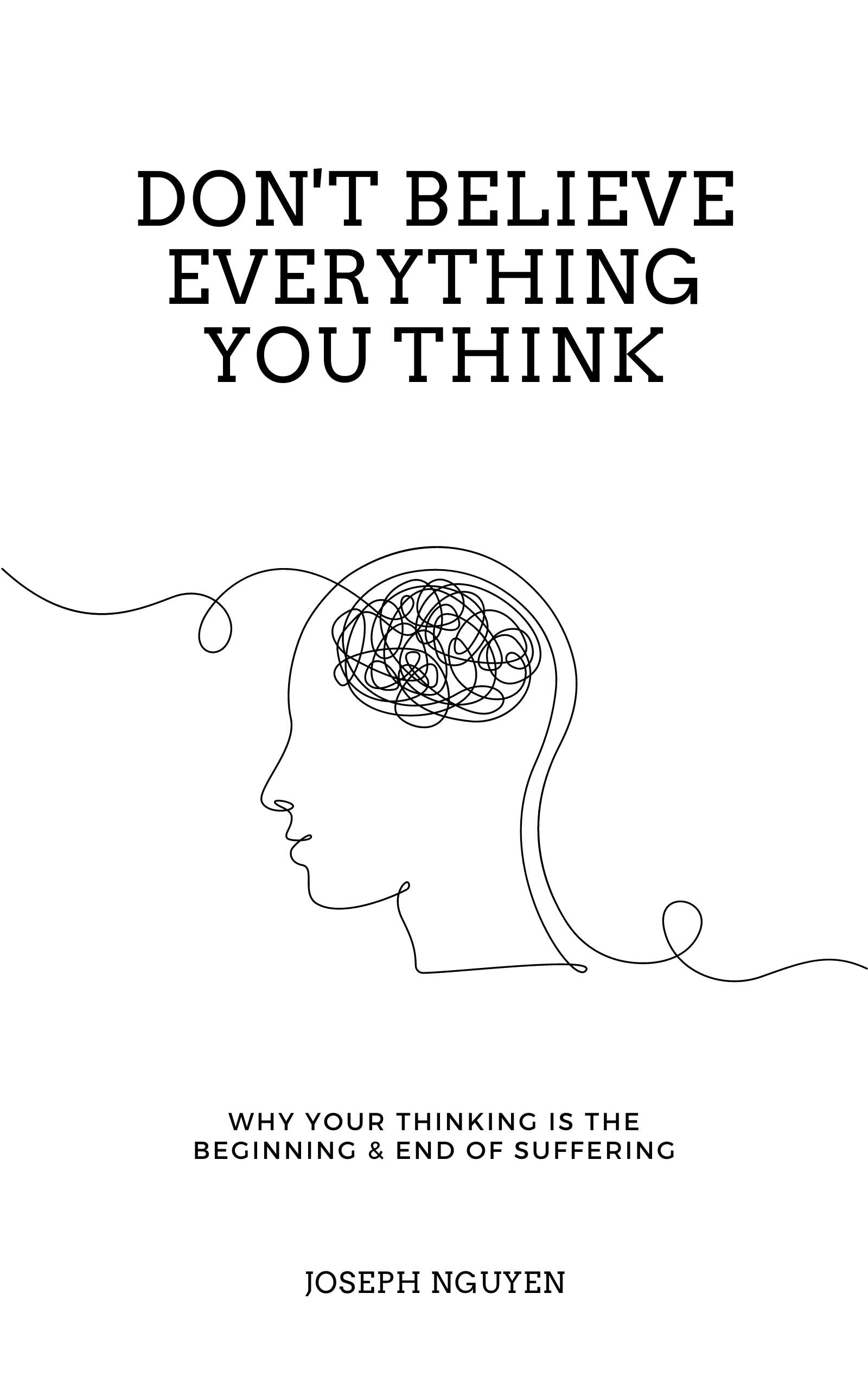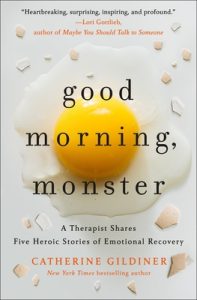
Joseph Nguyen’s slim manifesto tackles a giant problem: the way unexamined thinking fuels anxiety, self doubt, and the endless habit of sabotaging our own progress. In a little over a hundred pages, he argues that thoughts are not facts, mental chatter is not reality, and peace is possible when we stop overidentifying with the voice in our head.
What the book is really saying
Nguyen draws a sharp line between thoughts and thinking. Thoughts arise on their own. Suffering begins when we start thinking about those thoughts, spinning stories, predicting disasters, and replaying slights. The central promise is straightforward. If you can see thoughts as passing events rather than absolute truths, you can reduce anxiety and act with clarity.
The approach echoes mindfulness and Stoic practice while leaning spiritual. Nguyen rejects complicated hacks and argues for a shift in consciousness that lets you experience moments of no thought, which he frames as the wellspring of calm, creativity, and unconditional love.
Why readers connect with it
Several readers praise the timing and accessibility. Short chapters, gentle language, and a consistent focus on one idea make the book easy to finish and even easier to revisit. If you are stuck in analysis paralysis, the reminders land: your mood often mirrors your ruminations, and you can opt out of that loop. The final section distills the method into simple practices you can try the same day.
Where the book stumbles
Critics point to a few gaps:
- Simplicity that borders on simplistic. The thesis can feel stretched across a book that might have worked as a long essay.
- Repetition and uneven editing. Some chapters recycle the same idea, and the prose can read as monotone or padded.
- Woo adjacent framing. References to “divine downloads” and cosmic origin stories will inspire some readers and alienate others who prefer a neuroscience lens.
- Light on scaffolding. If you want step by step protocols backed by research citations and nuance about when mind wandering helps problem solving, you may find the scholarship thin.
What you can use right now
- Name it to tame it. When a thought appears, label it as “a thought,” not “the truth.”
- Let the movie play without you. Notice mental scenes unspool, then shift attention to a neutral anchor like breath or physical sensation.
- Create a rumination speed bump. Before engaging a sticky thought, ask: Is this helpful or just habitual.
- Choose action over analysis. Take a small step that matters in the real world. Movement clarifies what rumination distorts.
- Schedule thinking time. If a problem deserves deliberate thought, give it a container so it stops hijacking your day.
Audiobook or print
Because the ideas are compact and repetitive by design, the audiobook is an easy way to absorb the message. If you plan to underline and return to a few key pages, the print edition’s final chapters are the most actionable.
Read this if you like
- The Power of Now by Eckhart Tolle for the spiritual angle on presence
- 10% Happier by Dan Harris for a skeptical journalist’s path to mindfulness
- Feeling Good by David D. Burns for cognitive tools that interrogate distorted thoughts
Verdict
Don’t Believe Everything You Think is not a clinical manual and it will not satisfy readers seeking heavy research and protocol. It is a focused reminder to stop believing every anxious narrative your mind serves up. Taken as a pocket guide to drop rumination and return to the present, it can be worth the hour it takes to read.
Buy Don’t Believe Everything You Think by Joseph Nguyen on Amazon: https://amzn.to/4nJsCMH


